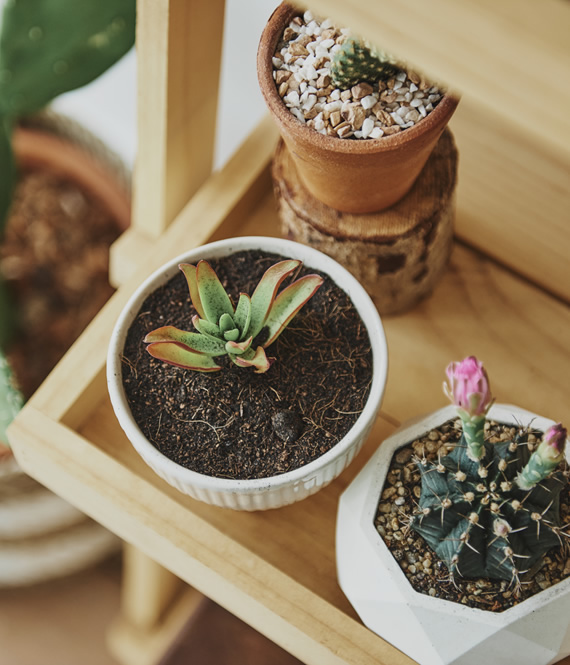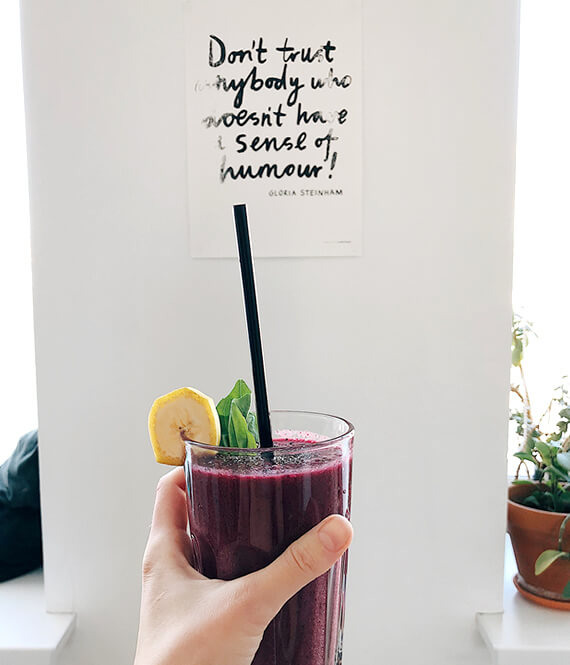
Healthy Hobbies: Combining Mindful Practices With Pot Gardening
We recommend helpful products in our articles. Read our full disclosure here. The content on this website is not intended to be a substitute for professional advice, diagnosis, or treatment.
The act of planting a seed, nurturing it, and watching it grow has often been compared to the journey of life that brings the gardener joy, hope, and serenity.
Pot gardening allows for this experience on a more intimate and manageable scale, making it a suitable choice for those who may not have vast spaces to cultivate yet yearn for a touch of nature within their living quarters.
In today’s age of bustling urban landscapes and shrinking green spaces, pot gardening has become both a hobby and a refuge.
When combined with mindful practices, this gardening form can become a deeply transformative experience.
Mindful Observation
The first step in integrating mindfulness with pot gardening is to truly observe.
Often, people rush through the planting process, eager to see results.
Yet, every stage of growth has its charm.
For instance, consider strawberry growing pots.
When you begin planting, it might just be a pot of soil.
But in time, with careful observation, you can notice the first sprouts, the unfolding of leaves, the blossoming of flowers, and finally, the ripening of the strawberries.
This entire process is a lesson in patience and perseverance.
The essence of mindfulness is the joy of noticing tiny changes every day and being in that moment with the plant.
It encourages you to be present, appreciate the now, and understand that growth is a gradual process in plants and life.
Deep Breathing
While gardening, take moments to engage in deep breathing exercises.
The air around plants, especially in the early morning, is rich in oxygen and offers a rejuvenating experience.
Each inhalation brings in a fresh dose of energy, and each exhalation releases the stresses of the day.
Pot gardening provides a unique environment for this practice.
Being surrounded by pots of various plants can create a mini sanctuary, allowing you to feel enveloped by nature.
The scents of the soil and the plants enhance this experience, grounding the individual and fostering a sense of connection with the earth.
To engage in this exercise, find a comfortable spot within your potted garden, shut your eyes, and concentrate on your breathing.
Draw a deep breath through the nostrils, pause briefly, and then release it at a measured pace.
The natural sounds around you, be it the whispering leaves or the song of birds, can amplify the serenity of this moment.
Sensory Engagement
Engaging the sense of touch is an integral part of mindfulness.
The texture of the soil, the smoothness of the leaves, and the delicate petals of flowers provide a plethora of tactile sensations.
When potting or repotting plants, take a moment to feel the soil.
Let its coolness, roughness, or moisture be felt thoroughly.
This sensory engagement connects you deeply to the act of gardening.
It serves as a reminder of the intricate balance in nature and how every grain of soil contributes to plant growth.
Additionally, touching the earth has grounding effects, often providing a sense of stability and balance.
Moreover, understanding the tactile needs of plants is essential.
Some plants prefer well-draining soils, while others thrive in moisture-rich environments.
Being in touch, quite literally, helps in gauging these needs better, leading to healthier plants and a more fulfilling gardening experience.
Gratitude Journaling
Combining the act of journaling with pot gardening can yield profound results.
Maintaining a gratitude journal, where you note the small joys observed in the pot garden, can be a daily ritual.
It could be the sight of a new bud, the aroma of a freshly bloomed flower, or even the feeling of the sun filtering through the leaves.
This practice fosters a positive mindset, focusing on the abundance in life rather than the lack.
The repetitive act of noting these joys conditions the mind to seek positivity and beauty in everyday life.
Over time, this practice extends beyond the garden, instilling a sense of gratitude for life’s many blessings.
Furthermore, journaling amidst the pot garden can amplify the experience.
The serene surroundings, the chirping of birds, and the gentle rustle of leaves create a conducive environment for introspection and reflection.
Meditation
Nature operates in rhythms: the rising and setting of the sun, the waxing and waning of the moon, and the changing seasons.
These rhythms are mirrored in pot gardening, where plants have their cycles of growth, bloom, and dormancy.
Recognizing and respecting these rhythms can be a meditative experience.
You can establish a deeper connection with your pot garden by syncing your routine with these rhythms.
For instance, watering plants during the cooler parts of the day can become a meditative ritual.
The act becomes less about the chore and more about the experience: feeling the water, observing its absorption, and watching the plants respond.
Over time, this awareness of rhythms fosters a sense of harmony with nature.
It serves as a reminder that just like plants, humans also have their rhythms, and there’s a time for growth, rest, and rejuvenation.
Takeaway
Combining mindful practices with pot gardening provides a holistic approach to well-being.
It’s not just about growing plants but growing alongside them, imbibing lessons of patience, gratitude, and harmony.
Whether it’s through the slow observation of strawberry growing pots or the deep breathing exercises amidst greenery, the fusion of these two practices offers a sanctuary for the soul right in the comfort of your home.
"We love to research problems, examine studies, analyze solutions, and share with you ideas that make life healthier. You can learn about us and our editorial standards here. Have suggestions or feedback to share? Send us a message!."













Leave a Comment